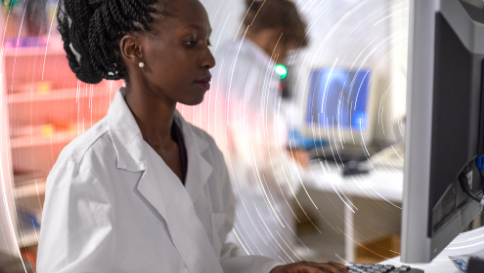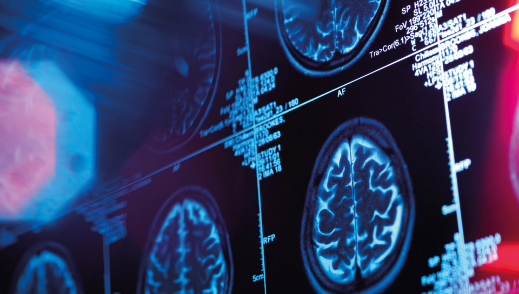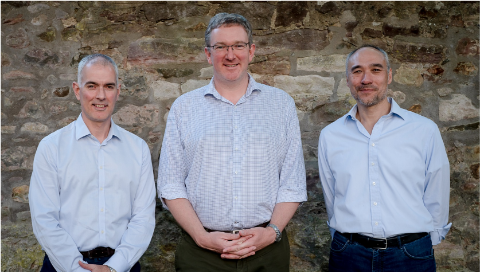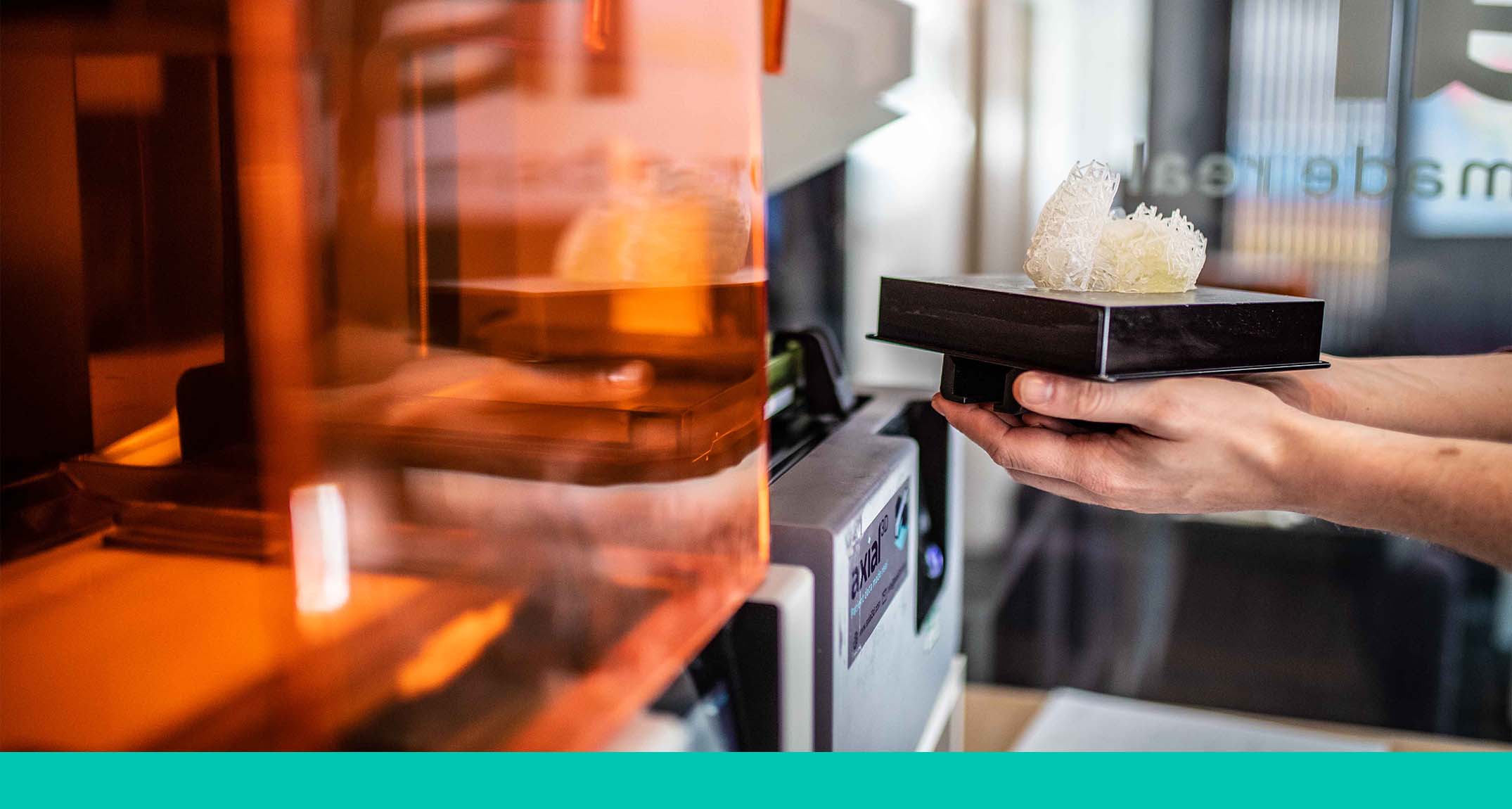Blackford Analysis
On July 1st, four new Category III CPT codes will become available for the use of medical 3D printed anatomical models in the USA. Blackford partner axial3D is at the forefront of 3D printing in healthcare and our Marketing Manager, Greg Kingston, spoke to Katie McKinley, axial3D’s Head of New business & Strategic Partnerships, to find out more about the new codes and who they benefit.
Greg: So, what are these new codes?
Katie: Category III CPT codes are used for new and emerging technologies. They are temporary codes, which are used to assess the new technology and allow the collection of data regarding its use. The data collected through the codes is used to support FDA approval processes or to substantiate widespread use of the new technology. The criteria for Category III codes include:
- A protocol for a study of procedures being performed
- Support from specialties who would use the procedure
- Availability of U.S. peer-reviewed literature
- Descriptions of current trials outlining the efficacy of the procedure











